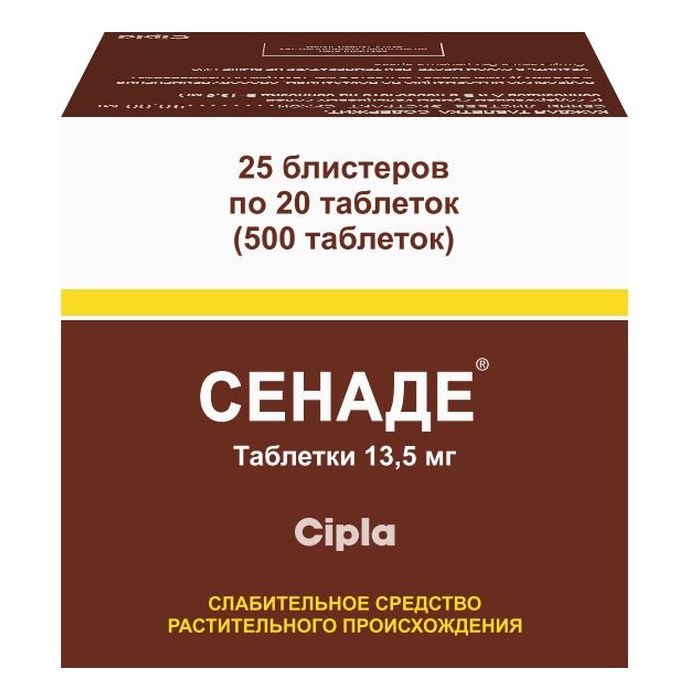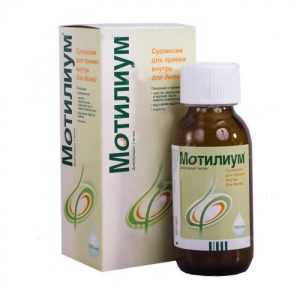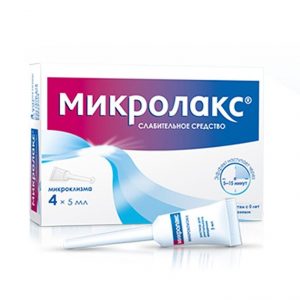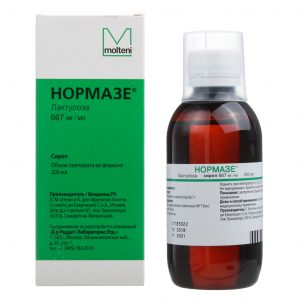Description
Latin name
Senade
release form
Tablets
Packing
500 pcs
Pharmacological action of
Senadeh has a laxative effect, occurring after 8-10 hours.
The laxative effect is due to the effect on the receptors of the large intestine, enhancing peristalsis.
Indications
Constipation caused by hypotension and flaccid peristalsis of the large intestine.
Regulation of stool with hemorrhoids, proctitis, anal fissures.
Contraindications
Hypersensitivity to the components of the drug Senade,
spastic constipation,
intestinal obstruction,
abdominal pain of unknown origin,
strangulated hernia,
acute inflammatory diseases of the abdominal cavity,
peritonitis,
gastrointestinal and uterine bleeding,
cystitis,
disturbances of water-electrolyte metabolism.
Precautions: prescribed for diseases of the liver and / or kidneys, as well as during pregnancy and lactation, in conditions after abdominal operations, as well as children’s age (up to 6 years) based on the dosage regimen.
Use during pregnancy and lactation
Caution should be given to Senade ® during pregnancy and during breastfeeding.
Composition
Active ingredient:
Senna leaf extract dry 90.0 mg (containing the sum of the calcium salts of sennosides A and B in terms of sennoside B – 13.5 mg)
Excipients:
Lactose -23.07 mg
56 mg
Methyl parahydroxybenzoate – 0.04 mg
Microcrystalline cellulose – 15.0 mg
Talc – 11.13 mg
Magnesium stearate – 0, 93 mg
Sodium lauryl sulfate -0.93 mg
Carmellose sodium – 2.00 mg
Dosage and administration
Usually taken once a day at night before bedtime, washed down with water or some drink.
Adults and children over 12 years of age: 1 tablet at a time. In the absence of effect, the dose can be increased to 2-3 tablets.
Children 6-12 years old: 1/2 tablet and, if necessary, increase the dose to 1-2 tablets.
In the selection process, the same dose should be taken for several days and gradually increase it by 1/2 tablet. If defecation does not occur within 3 days after reaching the maximum dose, consult a doctor.
Side effects
The laxative effect of the drug may be accompanied by colicky abdominal pain, flatulence.
With prolonged use, especially at high doses, disturbances in water-electrolyte metabolism, albuminuria, hematuria, deposition of melanin in the intestinal mucosa, nausea, vomiting, diarrhea, discoloration of the urine, skin rash, convulsions, vascular collapse, fatigue, confusion are possible.
Drug Interaction
With prolonged use of Senad in high doses, it is possible to enhance the action of cardiac glycosides and influence the action of antiarrhythmic drugs due to the possibility of hypokalemia.
When used with thiazide diuretics, glucocorticoids, licorice preparations, the risk of hypokalemia increases.
overdose Symptoms:
The main adverse effect of an overdose is diarrhea leading to dehydration.
Treatment:
Conservative measures – increase fluid intake. This is usually sufficient to compensate for the loss of fluid and electrolytes. In some cases it is necessary to compensate for the loss of fluid and electrolytes by the infusion of plasma substitutes.
Storage conditions
Store in a dry place at a temperature not exceeding 30 ° C.
Keep out of the reach of children.
Expiration
3 years.
Active substance
Sennosides A and B
Dosage form
dosage form
tablets
Cipla Ltd., India




